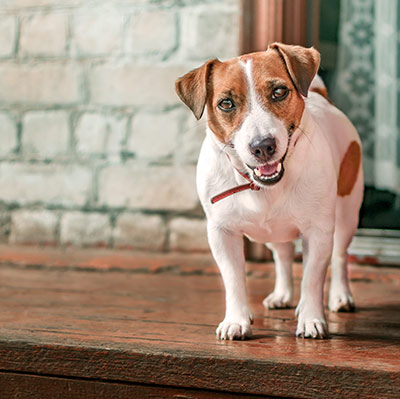How to Get Rid of Norway Rats in Chantilly, VA; Facts, Signs, Prevention & Rodent Control Tips
What Do Roof Rats Look Like?
Rats are constantly searching for food, water and shelter. Unfortunately they will be looking to spend more time indoors this time of year. Norway rats are large rodents that weigh 10 -16 ounces and are 7-10 inches long. Norway rats bodies are covered in shaggy brown or gray fur. Their ears and tail are covered in scales, and their tail is shorter than their head and body.
Norway Rat Facts & Behavior
Norway rats have an incredible ability to squeeze through small cracks and only need a half-inch crack in a wall to get in. They are experts at survival, eating just about anything they find from garbage, insects, pet food and droppings of other animals. Norway rats can climb just about anything, anywhere, swim and reproduce at alarming rates. They will contaminate sources of food with their urine and feces that can spread disease. Norway rats carry and transmit many diseases like plague, rat-bite fever, jaundice, salmonellosis, cowpox virus and trichinosis. Norway rats can be aggressive, biting 15,000 people each year in the United States. These bites can be painful because their jaw muscles are so powerful and strong. If their teeth can bite through pipes or concrete can you imagine how a bite on your skin would feel? The jaw muscles of rats can exert the same force as that of a Great White Shark! Do not corner a rat. If they feel threatened they will bite. Indoors they will usually stay in the basement or ground floor. They can damage building foundations and slabs with their burrowing habits and they will gnaw on wood, metal, copper, lead and plastic.
Signs & Prevention of Norway Rat Infestations
If Norway rats have set up residence in your yard or home, then chances are they are getting food from obvious sources that can include pet food, garbage, gardens, piles of compost or bird feeders and populations will contribute to grow in conditions that allow easy access to food and shelter. Sanitation is important along with careful storage of food. They are attracted to piles of wood so it’s a good idea to keep firewood stacked away from your home and get rid of debris piles to prevent it being used for nesting spots. Inspect your home for any openings and seal them with caulk or wire and cement. Remove any sources of moisture, especially in basements and crawlspaces and look any signs like droppings, gnaw marks, damaged items and greasy rub marks that are left behind by their oily fur.
Norway Rat Control
Traps are an effective way to deal with rats. Snap traps, glue traps and electronic traps provide a quick solution to the problem and can be used many times. The best thing about traps is that you’re able to eliminate the rat immediately. Placement of the traps is very important in high areas of activity. Using too few traps is a common mistake. The highest number of rodents trapped will happen on the first night of trap placement, so it’s important to use lots of them, especially in the beginning. Rats are very cautious of new things in their environment so don’t bait the traps right away. Place them out for a couple of days so they get used of them before baiting them. If you suspect you have Norway rats in your home, it’s important to hire the right team to evict them from your residence and prevent future rodent populations. Call Eagle Pest Services today.




